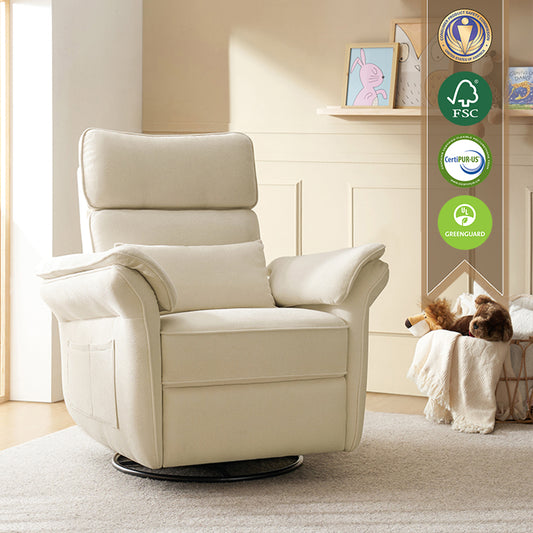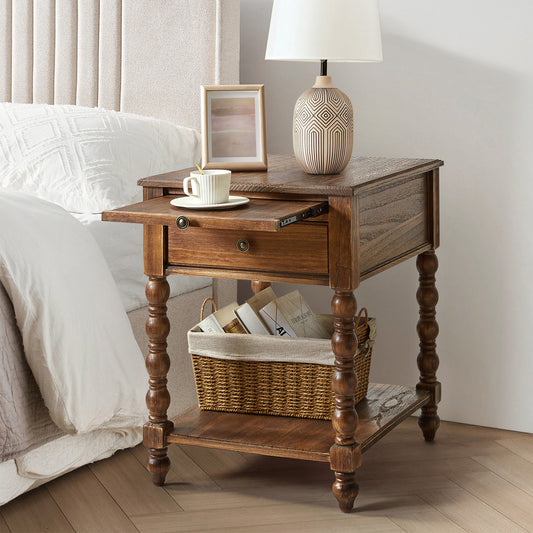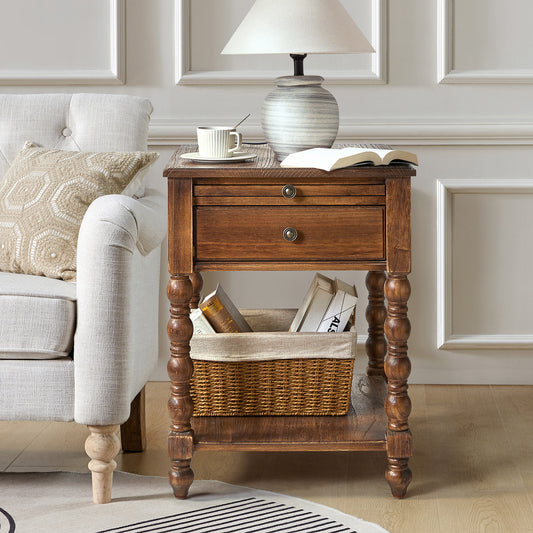The Lazy Philosophy of the Papasan Chair

Early in the morning, sunlight slants into the windowsill. You’re curled up in a nest-like circular seat, a half-read novel spread across your lap, and a cup of coffee sending up gentle spirals of steam by your side—this enchanting scene is brought to life by the globally popular Papasan chair. More than just a piece of furniture, it feels like a love letter that urban dwellers write to themselves.


Where Does Papasan Chair Come From?
The Papasan chair goes by many names—barrel chair, saucer chair, bowl chair, moon chair, and so on. The earliest use of the term “Papasan” dates back to the 1970s; an advertisement in the Philippines employed the term to promote what has become the internationally recognized chair. When Filipino craftsmen wove the first nearly one-meter-diameter circular base from the abundant local rattan, they likely never imagined that this “giant bowl” would transform modern home living.
There’s also a theory that the Papasan actually originated in Japan, since “Papasan” is not a native Philippine word. In Japanese, the term refers to a father or an elder male (with “papa” borrowed from English and “-san” serving as an honorific suffix). Brought back by American soldiers stationed in Japan, its relaxed, bowl-shaped form later became a countercultural symbol among hippies.
Regardless of what you call it, its exact history is hard to trace. This chair, born out of traditional Southeast Asian weaving techniques, was initially the product of a cultural collision between East and West during the colonial era. By combining the flexibility of rattan with Western ergonomic design, it created an irresistibly enveloping comfort. Over time, the form and design of the Papasan have evolved.


What Is the Difference Between a Papasan Chair and a Mamasan Chair?
The Mamasan (ママさん, meaning "mother") emerged in the 1960s as a derivative design, with a name perhaps inspired by the “lady boss chairs” found in Southeast Asia’s red-light districts—signifying a larger size.
While the Papasan is intended for single-person use, the Mamasan can accommodate up to two people. The Papasan occupies roughly 1 square meter, fitting snugly into a study corner or bay window, whereas the Mamasan requires at least 1.5 square meters, making it more suitable for placement beside a living room sofa or on a scenic balcony.
Traditional Papasan chairs emphasize hand-woven rattan to preserve a natural, breathable texture; in contrast, the Mamasan—designed to support the weight of two—often incorporates a metal frame and synthetic rattan, giving it a distinctly modern feel.
A Material Declaration of Slow Living
In an era when everyone is chasing efficiency, the Papasan chair stubbornly holds on to its magic of “wasting time.” It doesn’t demand the formal posture of a sofa or serve merely as a backdrop for trendy photo ops; it quietly awaits those souls in need of a moment to unwind. When you sink into its circular embrace, it feels as though you can hear the tropical rainforest vines growing and see time slowly stretching out into an eternal moment under the sunlight. Perhaps the true luxury lies in having a little corner that allows you to indulge in the art of “wasting time.”



























No comments